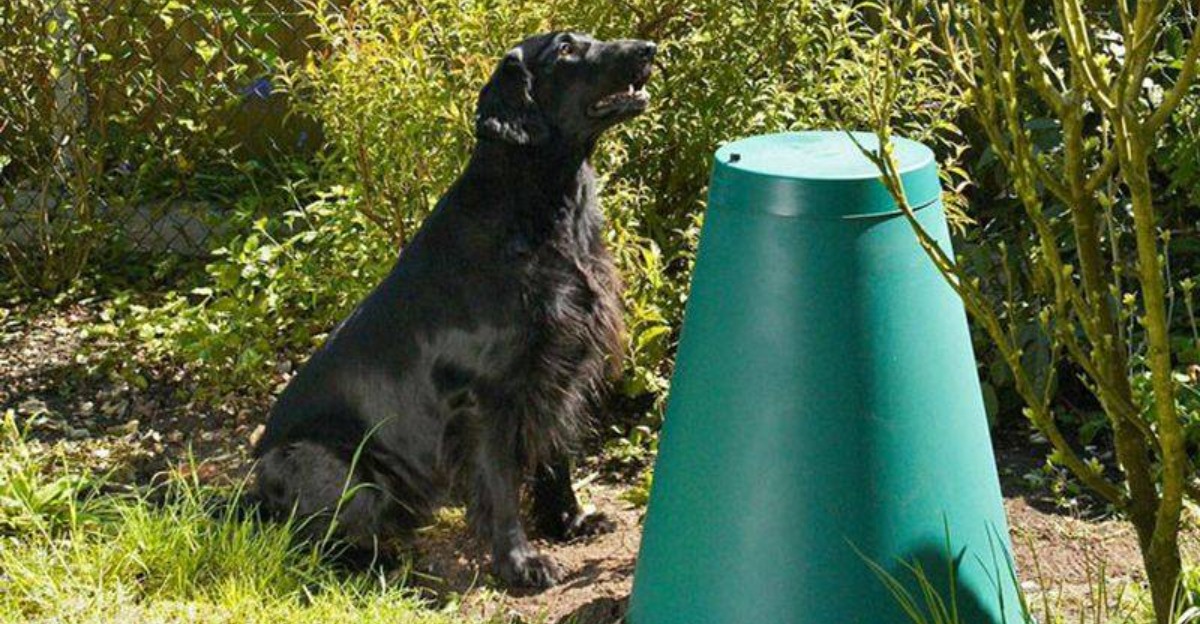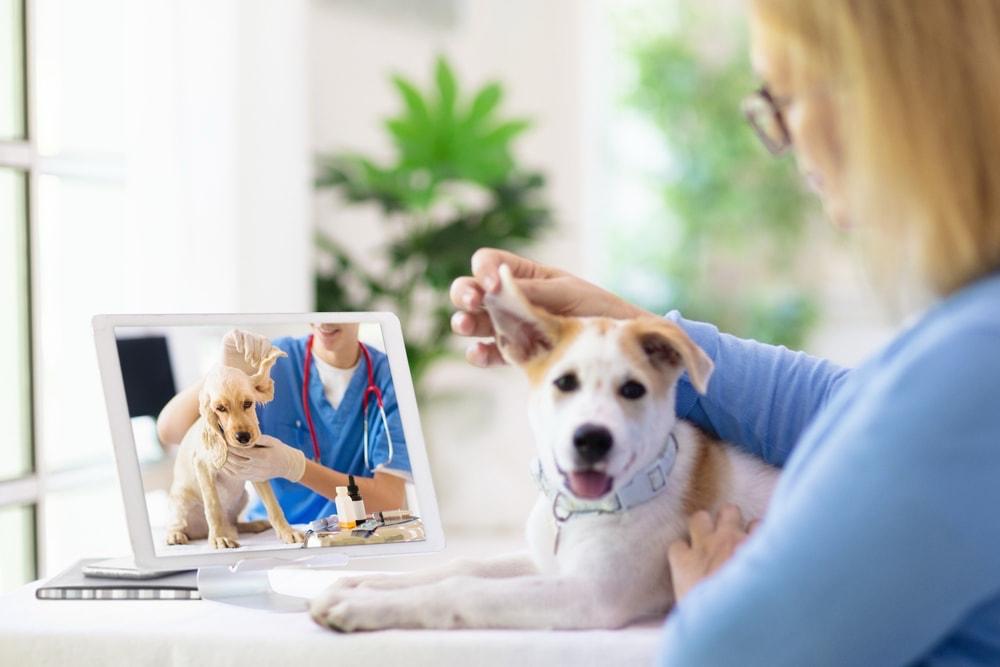
Pet-proofing your home for safety.
Pet-proofing your home is essential for ensuring the safety and well-being of your furry friends. From securing dangerous items to creating safe spaces, proper planning and preventive measures can transform your home into a haven where pets can thrive without accidents or harm.
🐶 Pet Star
13 min read · 24, Jan 2025

1. Understand Your Pet’s Behavior
Every pet is unique, and their safety needs vary based on their species, breed, and personality. For instance:
- Dogs may chew on furniture, wires, or small objects.
- Cats are climbers and may knock over fragile items.
- Rabbits or other small animals often nibble on everything they find. Take time to observe your pet’s habits, as this will help you identify potential hazards.
2. Secure Hazardous Items
Certain household items can pose risks to your pets if ingested or accessed:
- Medications and Vitamins: Store them in high cabinets or locked drawers.
- Cleaning Supplies: Keep these in locked cupboards or on high shelves.
- Toxic Foods: Chocolates, grapes, onions, and caffeine are harmful to pets. Ensure these are out of reach.
- Small Objects: Buttons, coins, rubber bands, and other small items can become choking hazards.
3. Electrical Safety
Pets, especially puppies and kittens, may find electrical wires and cords tempting to chew. To prevent accidents:
- Use cord protectors or cable organizers.
- Unplug appliances when not in use.
- Block access to outlets and wires by rearranging furniture or using cord covers.
4. Secure Trash Bins
Trash bins often contain tempting smells for pets but may also hold harmful items like bones, spoiled food, or plastic wrappers. Use bins with secure lids or place them in cabinets.
5. Plants and Garden Safety
Some plants are toxic to pets if ingested. Common examples include:
- Lilies
- Aloe vera
- Pothos
- Tulips
If you enjoy keeping plants, research pet-safe options or place toxic plants out of reach. Similarly, ensure that your garden is free from harmful fertilizers, pesticides, and mulch made of cocoa shells.
6. Childproof Your Home
Many childproofing techniques work equally well for pets:
- Install baby gates to block access to restricted areas.
- Use cabinet locks to secure dangerous items.
- Place corner protectors on sharp furniture edges to prevent injuries.
7. Safe Spaces for Pets
Create a designated area where your pet feels safe and comfortable:
- For dogs, a cozy bed in a quiet corner works well.
- For cats, provide perches, hiding spots, and scratching posts.
- For small animals, ensure their enclosures are escape-proof and placed in a safe location.
8. Windows and Balconies
Pets, especially cats, are at risk of falls from open windows or balconies. Prevent such accidents by:
- Installing sturdy screens or grilles on windows.
- Ensuring balconies are enclosed or inaccessible to pets.
9. Bathroom Safety
Bathrooms are filled with potential hazards for pets:
- Keep the toilet lid closed to prevent pets from drinking harmful water.
- Store personal care products, razors, and bath sponges in cabinets.
- Use slip-resistant mats to prevent injuries from wet floors.
10. Fire Safety
Pets can accidentally start fires by knocking over candles or chewing on electrical wires. Reduce risks by:
- Using flameless candles.
- Keeping pets out of rooms with active fireplaces unless they’re safely gated.
- Turning off heaters and stoves when not in use.
11. Safe Toys
Not all pet toys are safe. Choose toys that are:
- Non-toxic
- Appropriate for your pet’s size
- Free from small parts that can be swallowed Inspect toys regularly for wear and tear, and replace damaged ones promptly.
12. Outdoor Safety
If your pet spends time outdoors, ensure the environment is secure:
- Check fences for gaps or weak spots.
- Avoid leaving pets unattended in extreme weather.
- Provide fresh water and shade during hot days.
- Remove sharp objects or toxic plants from your yard.
13. Emergency Preparedness
Accidents can happen despite precautions. Be prepared by:
- Keeping a pet first-aid kit at home.
- Storing your veterinarian’s contact information in an easily accessible place.
- Knowing the location of the nearest emergency animal hospital.
14. Train and Supervise
While pet-proofing reduces risks, training your pet plays an equally vital role. Teach basic commands like “no” and “stay” to prevent dangerous behaviors. Supervise your pet until you’re confident they can safely navigate their environment.
Q&A Section
Ques 1: How do I pet-proof my kitchen?
Ans: Store food, utensils, and sharp objects in secured cabinets or high shelves. Use childproof locks for cabinets. Keep stovetops off-limits and secure trash bins with lids.
Ques 2: Are scented candles safe for pets?
Ans: Scented candles can release fumes harmful to pets. Opt for unscented, flameless candles to ensure safety.
Ques 3: How do I prevent my cat from chewing on houseplants?
Ans: Place plants out of reach, use pet-repellent sprays, or provide your cat with safe alternatives like cat grass.
Ques 4: Can I use human medication for my pet in emergencies?
Ans: No, many human medications are toxic to pets. Always consult your veterinarian before administering any treatment.
Ques 5: What’s the best way to pet-proof my car for travel?
Ans: Use pet seat belts, carriers, or barriers to secure your pet. Avoid leaving them in the car unattended, especially in extreme temperatures.
Similar Articles
Find more relatable content in similar Articles

Pets and Mental Health: The Science Behind Emotional H..
Discover the profound impact o.. Read More

Composting Pet Waste: A Greener Way to Clean Up...
As pet ownership continues to .. Read More

Virtual Vet Visits: Are Online Consultations Reliable?..
As pet healthcare embraces dig.. Read More

Social Media for Pets: Turning Your Pet into a Digital..
From playful puppies to charis.. Read More
Explore Other Categories
© 2024 Copyrights by rPets. All Rights Reserved.